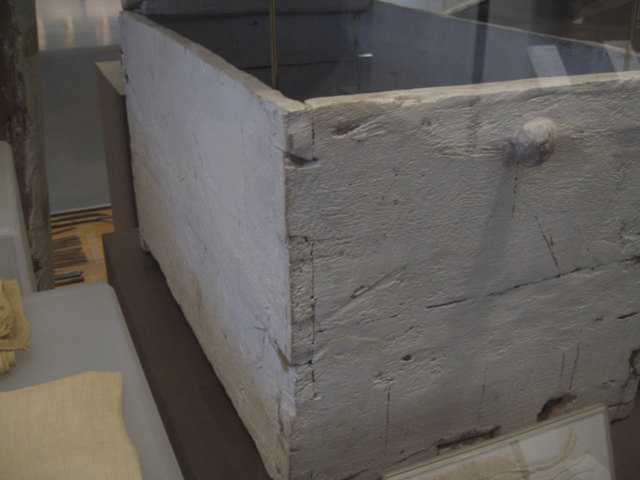Jacob
What goes around comes around.
Occam's razor. Which means the simplest explanation should be preferred (as a rule, not guaranteed).Cheshirechappie":1fws2de7 said:OK. Prove that b/e chisels were being made during the 18th and early 19th centuries. So far, we can't find any examples. You say they must be there - prove it.
"So far, we can't find any examples" means only that you can't find any examples. It's a very big extrapolation to conclude that this proves they weren't there.
And see plate 4 from Moxon, more chisels, definitely not firmers, probably bevelled (or less than rectangular cross section at least).









































